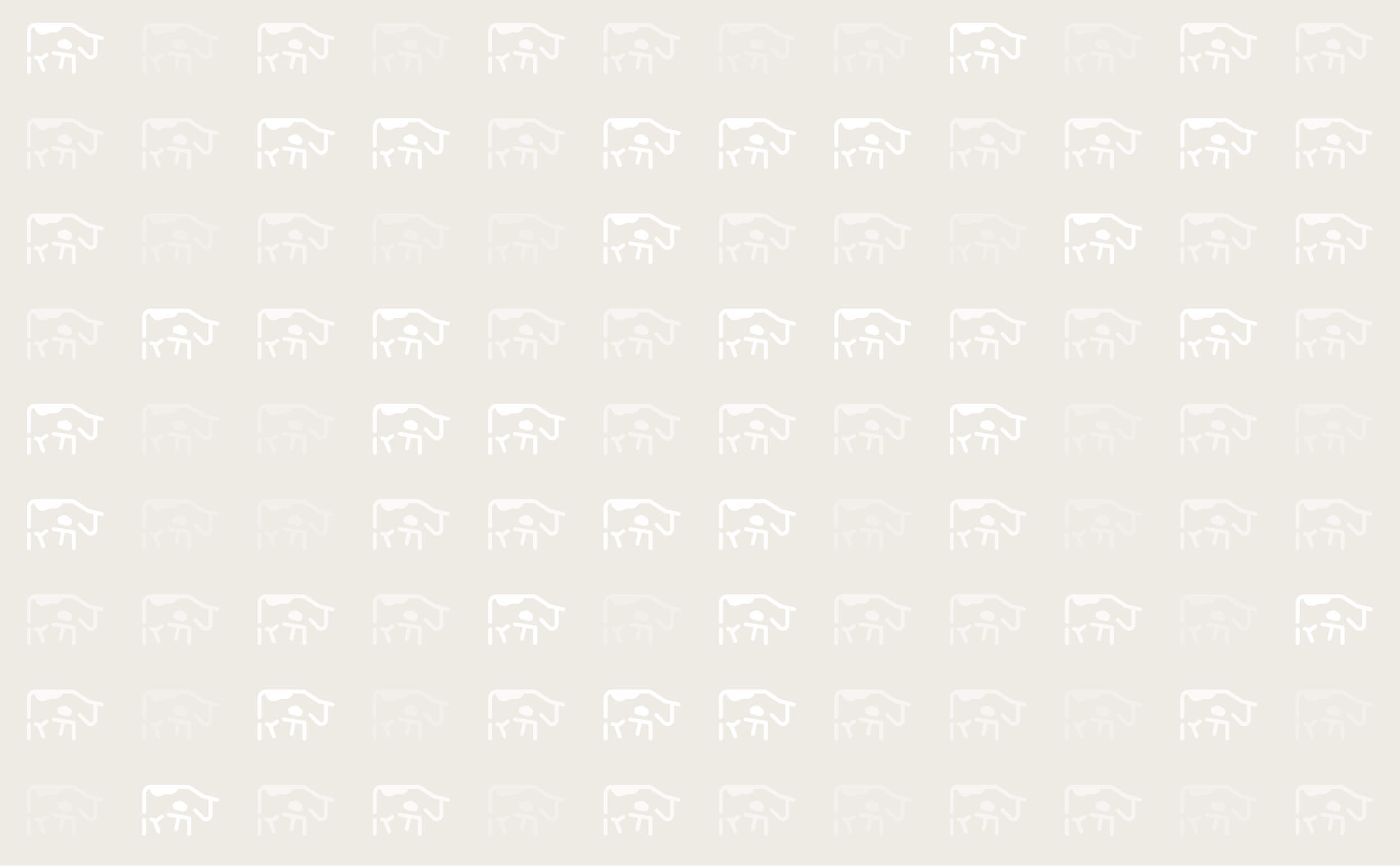



Unusual Cattle Deaths Due To Lack Of Feed Care
INDIANA - Twelve cattle on a southern Indiana farm died of a condition called grain overload, which caused acute rumen acidosis, according preliminary findings of Purdue University veterinarians.Tests were run on one of the 12 animals that died last week after they consumed an excessive amount of soybeans, a feed which they didn't normally eat, said Duane Murphy, co-director of the Heeke Animal Disease Diagnostic Laboratory at the Southern Indiana-Purdue Agricultural Center. Further tests were being run at another facility, and the final report is expected in several weeks.
Rumen acidosis is when grains ferment in the rumen - the first chamber of the four-chamber bovine stomach. This causes a sudden change in acid levels in the rumen that damages the stomach lining and allows acid to be absorbed into the bloodstream. With grain overload, the cattle may or may not exhibit rumen bloat.
"You have to make feed changes gradually, especially with grain, but also if a field has a lot of legume, such as alfalfa, and the cows have been out on grass-based forage."
Ron Lemenager, a Purdue Extension beef cattle specialist.
The incident in southern Indiana occurred when the owner cleaned out a grain cart as he was switching from his soybean crop to his corn crop and spread the leftover soybeans across a field. Such accidents could happen more frequently because livestock and their owners are searching for adequate and alternative feed due to lower quality hay, smaller hay crops, poor pasture growth and high corn prices. Purdue experts say alternative rations can be fed, but some safe practices are important when switching diets.
Any feed change should be done gradually to avoid making the animal sick or possibly even causing death, said Ron Lemenager, a Purdue Extension beef cattle specialist. Various grains, crop remnants and nontraditional feeds can be substituted for normal hay, but the amount fed, the moisture in the feed and the time of year it's fed need to be considered to make sure livestock receive a safe and healthy balanced ration.
"You can put together nutritional rations for cattle when there is limited hay," Lemenager said. "You have to make feed changes gradually, especially with grain, but also if a field has a lot of legume, such as alfalfa, and the cows have been out on grass-based forage."
It's possible to substitute some lesser used feeds, such as corn silage and soybean hay, but farmers must make sure they use these properly, said Keith Johnson, a Purdue Extension forage expert.
"You have to make sure that you're using substitute feeds in the most efficient and effective way possible," he said. "In hard times, you can use nontraditional measures, but you have to take into account the type of animal and the animal's stage of production and feed accordingly."
For instance, a horse that is a gelding and an "easy-keeper" will do better with properly made corn residue as part of its ration. But a mare in foal will need a ration with better nutritional value.
Wheat, soybean and oat hays can be used as substitutes for other more traditional hays, Johnson said. Winter rye, annual ryegrass and winter wheat that already have emerged might allow some grazing before winter if fall growing conditions are favorable.
Livestock owners also need to be aware that some plants that look yummy to animals might be harmful.
"When pastures are bad, animals will go after things they would ordinarily snub, and some of the plants might be toxic," Johnson said. "The Japanese yew is leafy and green, and it's tempting to throw it over the fence to the cattle. It is palatable to them and they'll eat it, but it's poisonous."
In choosing feeds to supplement a low supply of corn and good quality hay, it's important to make sure the feeds are safe and nutritional.
With any feed, make sure that it's mold-free. In general, hay forages should be low moisture, Lemenager said.
Corn stalks are fine for cattle, but if it will be stored it should be less than 20 percent moisture, he said. It's best to provide this type of feed in the fall and save the higher quality hay for winter. Letting cows graze on corn stalks in the field is more economical than using the baled stalks.
When feeding cattle corn or soybean residue in a field, farmers should make sure piles of grain or a lot of dropped ears are not left on the ground, he said. These should be cleaned up because cattle that aren't use to the grain can develop acute acidosis and/or bloat.
If cattle are switched from a grass hay field to a field with alfalfa or other legume, it should be done when the cows have full stomachs and the dew is off the plants, he said. This means the animals won't eat the richer hay too quickly and they'll salivate more. This minimizes the chance they will get bloat.
Sorghum and Sudangrass fields should be grazed out before a frost, otherwise there is a potential for prussic acid poisoning, Lemenager said.
Changes in feed also can affect other livestock, including horses. In horses, overeating of grain or a sudden alternation in the type of forage can produce colic and/or founder. Colic is when the intestines twist and/or fill with gas. Founder, also known as Laminitis, causes breakdown and degeneration of the hoof and usually signifies other metabolic problems.
Lemenager and Johnson said the most important thing in formulating livestock diets is to have forages and substitute feeds checked for their nutritional value. This will help ensure that livestock remain healthy and productive. Purdue Extension specialists can provide information on ration alternatives
TheCattleSite News Desk


